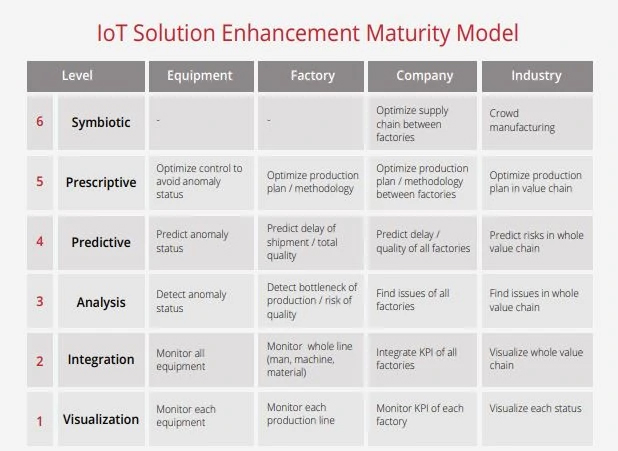How Data Fabrics Power Industrial IoT


Unlike typical resources companies depend upon to thrive, the amount of data available to enterprises is not finite. With edge technology and smart devices, there is truly no limit to the quantity of useful data companies can and should be using to make better informed decisions.
But many businesses unnecessarily limit the variety, quality, and extent of the data at their disposal by not having the right data architecture. With modern data fabric, as provided by the leading IIoT platforms, companies can harness more useful, pertinent data than ever before. And expanding the landscape of useful data can have an especially profound impact on a business when it comes to making industrial applications more powerful.
A robust data fabric is able to integrate a wider range of data than traditional data infrastructures because it is designed for the new edge-to-core-to-multicloud reality that many industrial enterprises are now operating in. By putting all of this new data into use, a data fabric allows more detailed and more expansive models of business activity to be created. In the industrial realm, often these models start out as digital twins of equipment, but later expand to become models of entire manufacturing lines or even whole factories.
So, let’s examine how an agile data fabric can lead to more potent industrial applications.
Data essentially provides the nutrients that allow models to flourish and grow. With more data that has more signal, a model can expand. But the data must be distilled from a raw material to a finished product. Without a data fabric, more data is not always better because too much remains in the raw form. An edge-to-core-to-multicloud data fabric allows companies to not only collect more data, but integrate, analyze, and put it to use at scale.
This process is gradual. Over time, as raw data is understood and distilled, the models grow and the amount of data fed into industrial applications increases and expands. Due to the power of a data fabric to support this process, the initial narrow scope of the applications broadens exponentially, providing greater benefits to the business.

Here is a graphic illustrating a maturity model for data usage with a data fabric. Companies will begin by bringing in data to improve the use of equipment, but then this will expand to analyzing factory performance. As even more data is added and the business becomes adept at using the data fabric, applications can then be used to bolster the entire company. Eventually, this data can offer an enterprise an incisive view of how to progress across their entire industry. They will also advance from using data only in a visualization capacity to the most powerful, symbiotic level. This is a distinct competitive advantage in spaces where the difference between profitability and loss is ever tighter.
An example of this evolution is:
Over time, the models built on the edge-to-multicloud data fabric reach ever more parts of business activity. Here’s a deeper look at how the greater extent of data available through the data fabric can impact the company over time.
Ultimately, with the use of the edge-core-multicloud data fabric, industrial companies will be able to make more data available and useful, which can help them dramatically reshape how they operate. As such, the data fabric becomes a key enabler of Digital Transformation in industries. Read more in our white paper.

Lothar leads the content marketing and customer advocacy team at Hitachi Vantara. With +15 years of marketing and product management experience, Lothar covers a wide range of topics including digital transformation, analytics, data management and IoT.